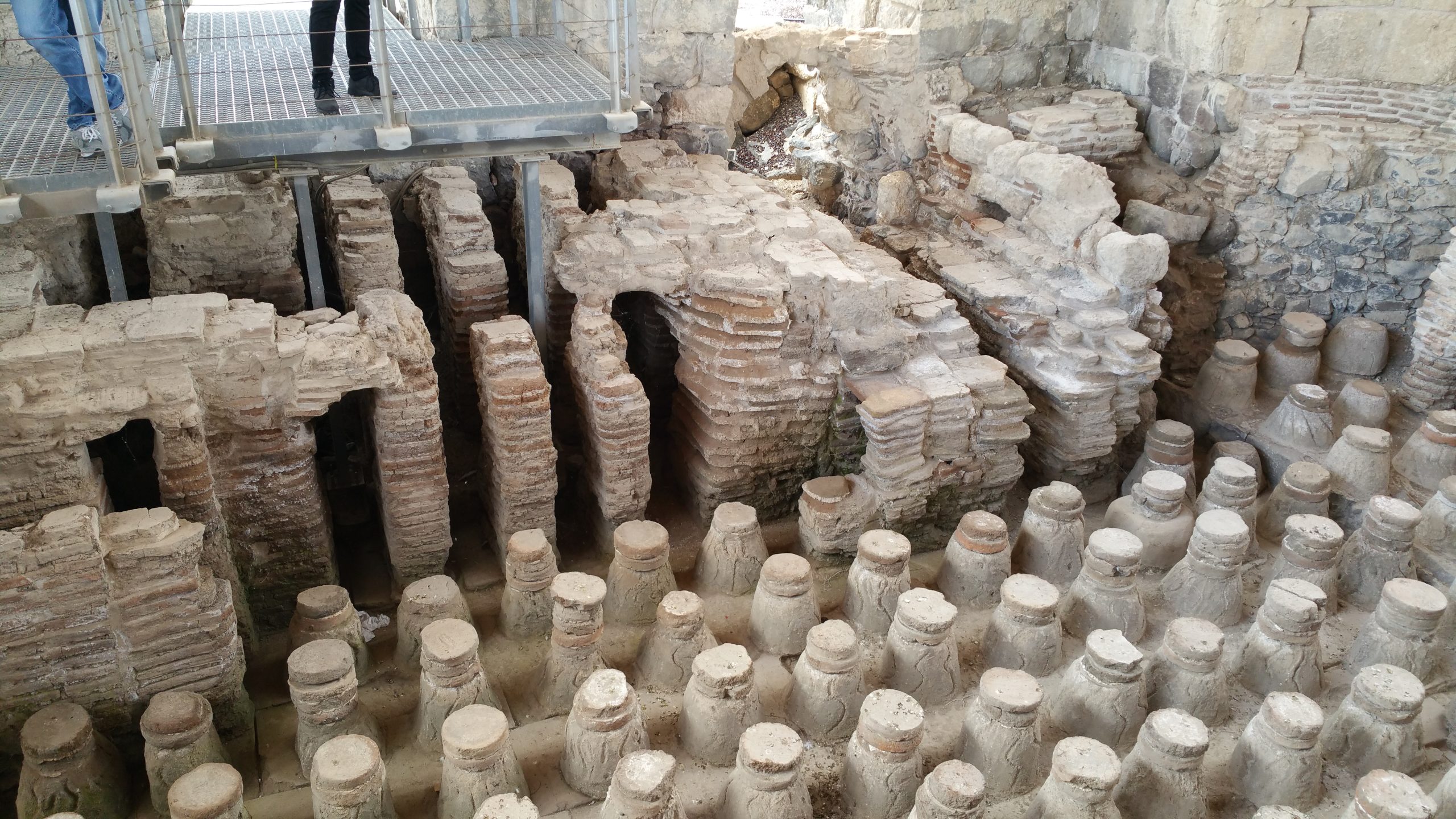Beit She’an is a historical gem located in the Jordan Valley of northeastern Israel. Known for its rich layers of human civilization, it has been a crossroads of cultures for millennia. The city boasts a history that stretches back to the 5th millennium BCE, making it one of the oldest continuously inhabited sites in the world. Its strategic location made it a coveted prize for a succession of empires, including the Egyptians, Romans, and Byzantines. Today, Beit She’an’s extensive archaeological park reveals a cityscape dotted with ancient ruins, including a Roman theater, bathhouses, and Byzantine streets, offering a window into the past for visitors and scholars alike.
Get your dose of History via Email
Historical Background of Beit She’an
Beit She’an’s discovery unfolded gradually, with explorers and archaeologists uncovering its layers over time. The site first caught scholarly attention in the 19th century. Extensive excavations began in the 1920s under the auspices of the University of Pennsylvania. These digs revealed Beit She’an’s ancient Egyptian governor’s residence, dating back to the 15th century BCE. The city’s builders and inhabitants over the centuries included Canaanites, Egyptians, Philistines, Israelites, Greeks, Romans, and Byzantines, each leaving their mark on the city’s architecture and culture.
Throughout its history, Beit She’an played a pivotal role in regional politics and trade. It was the scene of significant battles, including the clash between the Israelites and Philistines, where King Saul’s body was displayed on the city walls. The city reached its zenith during the Roman and Byzantine periods, becoming a major metropolis in the Decapolis. Its grandeur is still evident in the well-preserved ruins that dominate the landscape.
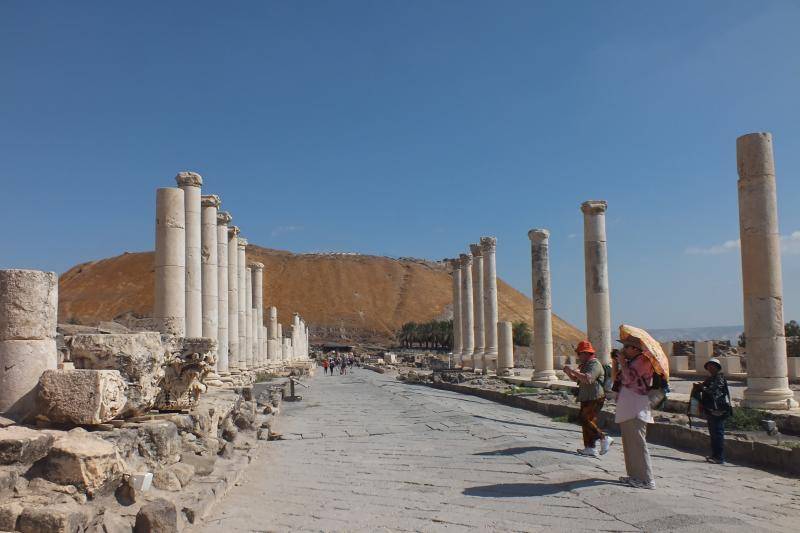
Later, Beit She’an saw periods of decline, especially after a devastating earthquake in 749 CE. Despite this, life continued, and the city was inhabited during the Islamic and Crusader periods. It was only in the 20th century that Beit She’an’s ancient past was fully brought to light, revealing a city that had been a vibrant hub for thousands of years.
The city’s significance is not only in its rich history but also in its role as a cultural melting pot. Beit She’an’s archaeological findings reflect the diverse influences of its conquerors and settlers. The city’s layout, public buildings, and artwork tell stories of adaptation and cultural exchange among the civilizations that thrived here.
Today, Beit She’an stands as a testament to the complexities of human history. It serves as a valuable resource for understanding the ancient world. Its ruins provide a tangible link to the past, inviting exploration and study. The city’s legacy continues to unfold as ongoing excavations reveal more about its storied past.
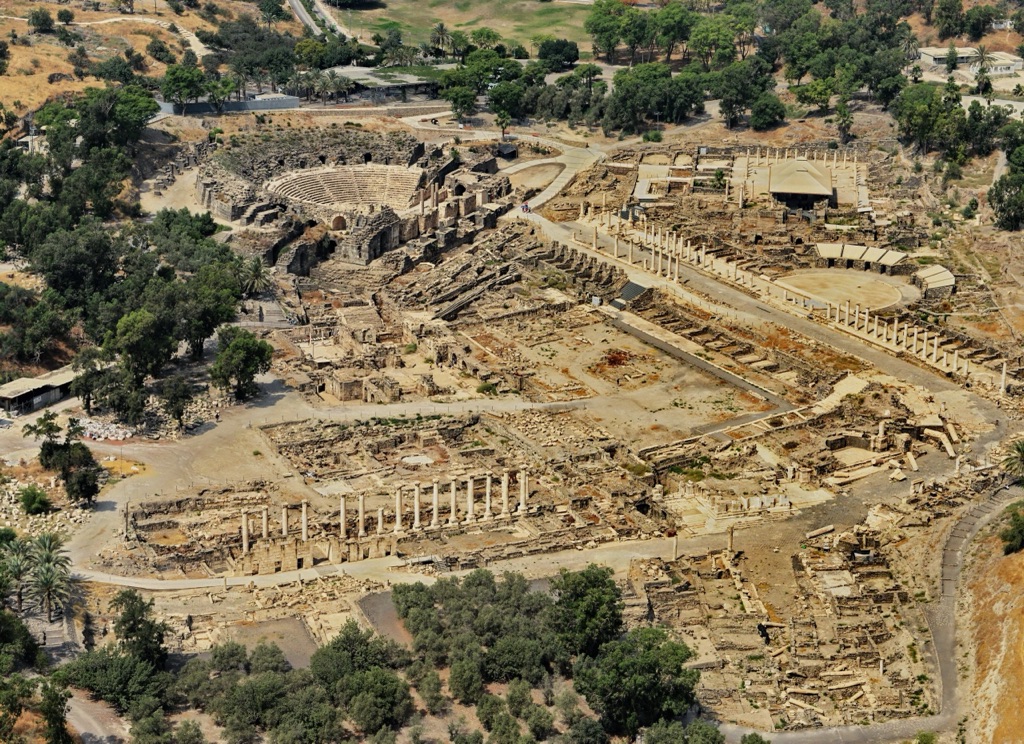
About Beit She’an
Beit She’an’s archaeological park is a treasure trove of ancient architecture and urban planning. The city’s layout showcases a classic Roman-Byzantine grid pattern, with a colonnaded main street, or cardo, lined by the ruins of shops and public buildings. The site includes a large Roman theater, which once seated around 7,000 spectators, and the remains of bathhouses that illustrate the luxurious lifestyle of its ancient inhabitants.
The construction techniques and materials used in Beit She’an varied over time, reflecting the changing rulers and available resources. The Romans, for example, introduced new building methods, including the use of basalt and limestone. They constructed monumental buildings, such as the theater and the public baths, using these durable materials.
Architectural highlights of Beit She’an include the impressive Roman theater, the Byzantine bath complex, and the Palladius Street, which was the city’s main thoroughfare. The site also features a large tell, or mound, composed of the accumulated layers of the city’s ancient settlements. This mound provides a chronological record of the city’s long history.
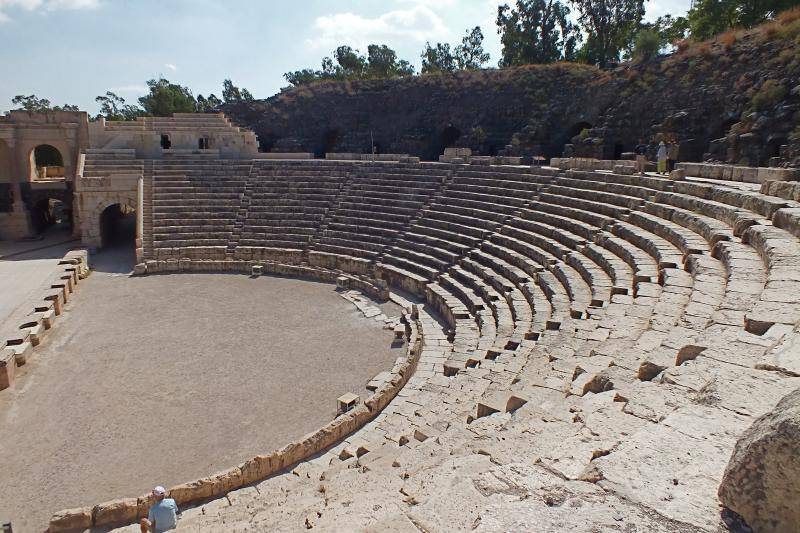
Excavations have uncovered intricate mosaics, public buildings, and private houses, offering insights into the daily life of Beit She’an’s residents. The city’s ruins also include a number of Byzantine churches, reflecting the spread of Christianity in the region during the Byzantine era.
Beit She’an’s preservation allows visitors to walk through the ancient streets, envisioning the city’s past grandeur. The site is not only a historical record but also a cultural narrative, illustrating the evolution of urban life in the ancient Near East.
Theories and Interpretations
Theories about Beit She’an’s past are as layered as its ruins. Some suggest the city’s location was chosen for its strategic and agricultural value, providing access to trade routes and fertile land. The presence of numerous ancient cultures has led to diverse interpretations of the city’s significance and function throughout history.
One mystery of Beit She’an is the exact purpose of some of its buildings. While many structures have clear functions, like the theater and bathhouses, others have sparked debate among archaeologists. For example, the exact religious significance of certain buildings remains a topic of research, as they reflect a blend of pagan, Jewish, and Christian influences.
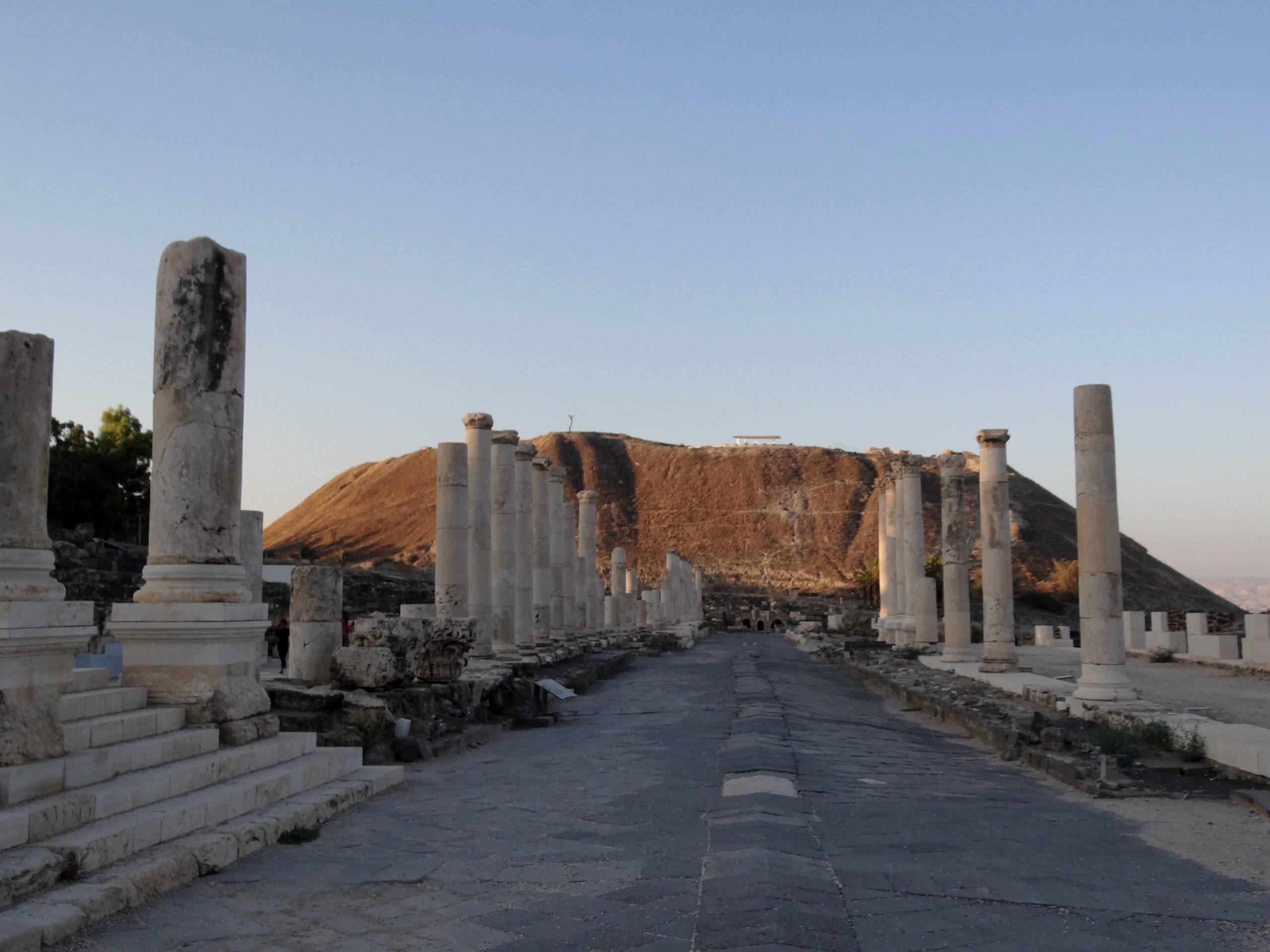
Historical records and archaeological findings have been matched to piece together Beit She’an’s timeline. However, gaps in the record leave room for interpretation. The city’s decline after the 749 CE earthquake, for instance, is well-documented, but the details of its recovery during the Islamic period are less clear.
Dating of Beit She’an’s ruins has been carried out using various methods, including stratigraphy, pottery analysis, and radiocarbon dating. These techniques have helped establish a chronological framework for the city’s development and decline.
Despite the extensive research, Beit She’an continues to be a source of fascination and study. Each new excavation has the potential to challenge existing theories and deepen our understanding of this ancient crossroads of civilizations.
At a glance
Country: Israel
Civilization: Canaanite, Egyptian, Philistine, Israelite, Greek, Roman, Byzantine, Islamic, Crusader
Age: Over 6,000 years, dating back to the 5th millennium BCE

